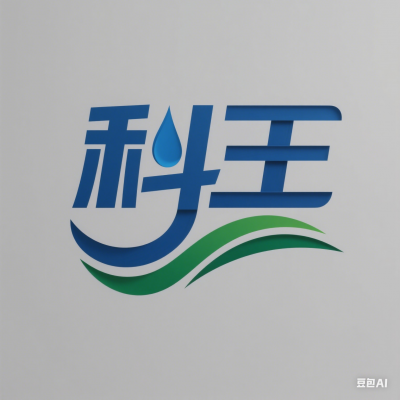Hebei KeWang Rubber Products Co., Ltd.
AIBot OnlineThis conversation is AI-generated. Contact manufacturer before transaction to confirm info.
-
 Liu
Hi there! Welcome to my shop. Let me know if you have any questions.
Liu
Hi there! Welcome to my shop. Let me know if you have any questions.
Your message has exceeded the limit.

Hydraulic Dams: Champions in Climate Resilience and Sustainable Development
2025-07-18 13:10:56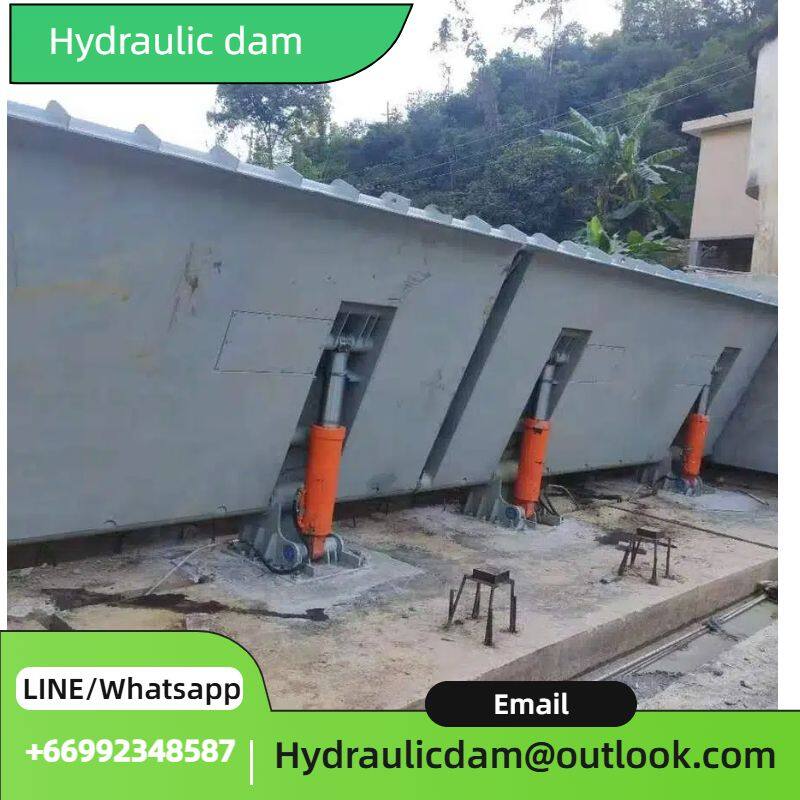
As climate change brings more frequent extreme weather events—from severe droughts to intense floods—our need for robust water management systems has never been greater. Among the innovative solutions rising to this challenge, hydraulic dams have emerged as unsung heroes, offering a blend of adaptability and sustainability that makes them indispensable in today’s world. Let’s explore how these dynamic structures are shaping our response to climate change and driving progress across diverse sectors.
What sets hydraulic dams apart in the fight against climate volatility is their unmatched ability to adapt. Traditional dams, with their fixed structures, often struggle to cope with sudden shifts in water levels. In contrast, hydraulic dams use advanced hydraulic systems to adjust their gates or panels in real time. During a heavy storm, operators can swiftly raise the gates to release excess water, preventing downstream flooding that might otherwise devastate communities. In times of drought, the same dams can lower their gates to retain every drop, ensuring water supplies for crops, livestock, and human use. This flexibility turns them into a first line of defense against the unpredictable impacts of a changing climate.
Beyond flood control and water storage, hydraulic dams are powering the transition to clean energy. Integrating seamlessly with hydropower systems, they harness the natural flow of rivers to generate electricity without burning fossil fuels. This not only reduces carbon emissions but also provides a stable energy source, even in remote areas. Consider the small hydraulic dam projects in parts of Africa, where they’ve replaced diesel generators in rural villages. These dams now light up homes, power schools and clinics, and enable local businesses to thrive—all while cutting down on pollution. It’s a tangible example of how hydraulic dams are bridging the energy gap and fostering sustainable development.
The ecological benefits of well-designed hydraulic dams are equally noteworthy. Unlike some large-scale traditional dams that can disrupt river ecosystems, modern hydraulic dams are often engineered with environmental preservation in mind. For instance, in rivers with sensitive fish populations, hydraulic dams can be programmed to release water in patterns that mimic natural flows, helping fish migrate and maintain healthy habitats. The aforementioned project on China’s You-shui River is a prime example: by optimizing water releases to balance hydropower needs with ecological health, the dam ensures that both energy production and biodiversity thrive.
Hydraulic dams also play a crucial role in supporting agriculture, a sector heavily impacted by climate variability. In regions like Southeast Asia, where monsoon patterns are becoming increasingly erratic, these dams provide a reliable water source for irrigation. Farmers can plant crops with confidence, knowing that even if the rains fail, water stored in hydraulic dam reservoirs will keep their fields productive. This stability not only boosts food security but also strengthens local economies, as consistent harvests mean steady incomes for farming communities.
Looking to the future, the potential of hydraulic dams continues to expand. Innovations in materials science are making their structures more durable and cost-effective, while smart technology is enhancing their efficiency. Sensors and AI-driven systems can now monitor water levels, weather forecasts, and dam performance in real time, allowing for even more precise management. Imagine a hydraulic dam that automatically adjusts its gates based on a 48-hour weather prediction—this level of automation could revolutionize disaster prevention and resource allocation.
Of course, it’s important to acknowledge that hydraulic dams are not a one-size-fits-all solution. Their construction requires careful consideration of local geography, ecology, and community needs. Stakeholder engagement, from environmental groups to local residents, is key to ensuring that projects are sustainable and equitable. With proper planning, however, the benefits far outweigh the challenges.
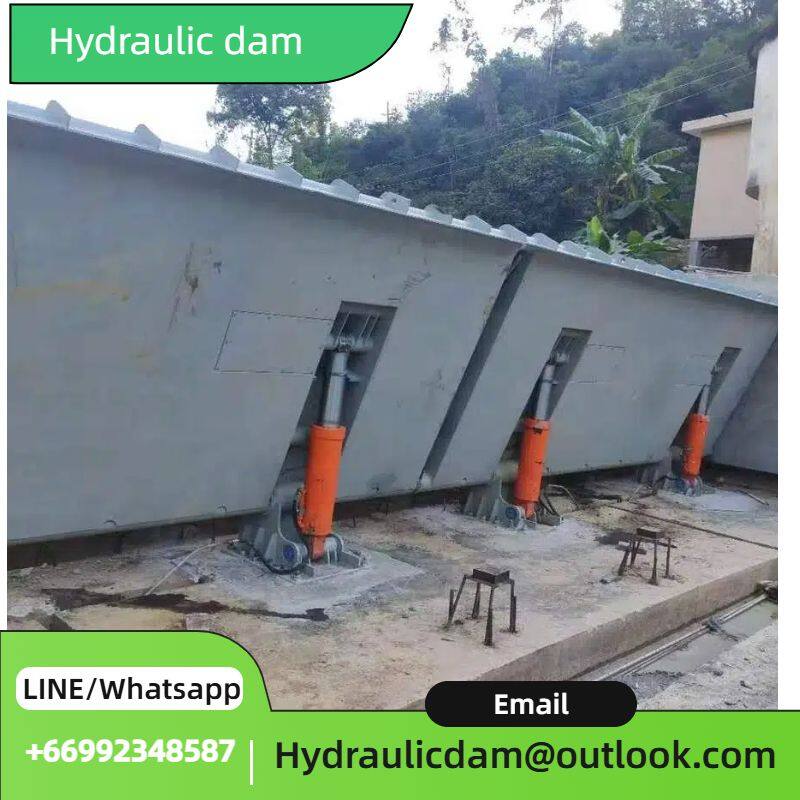
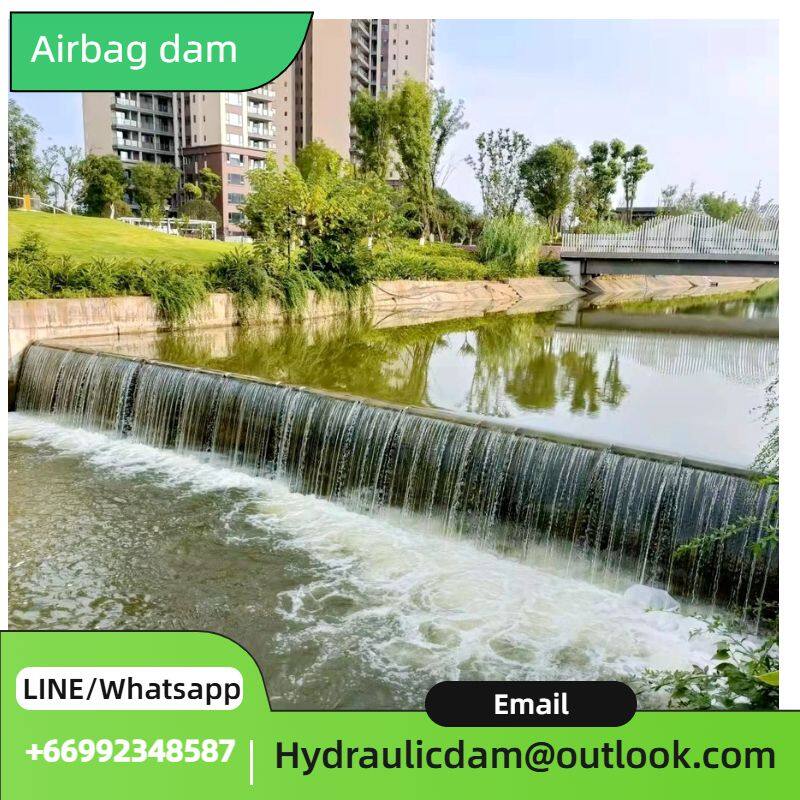
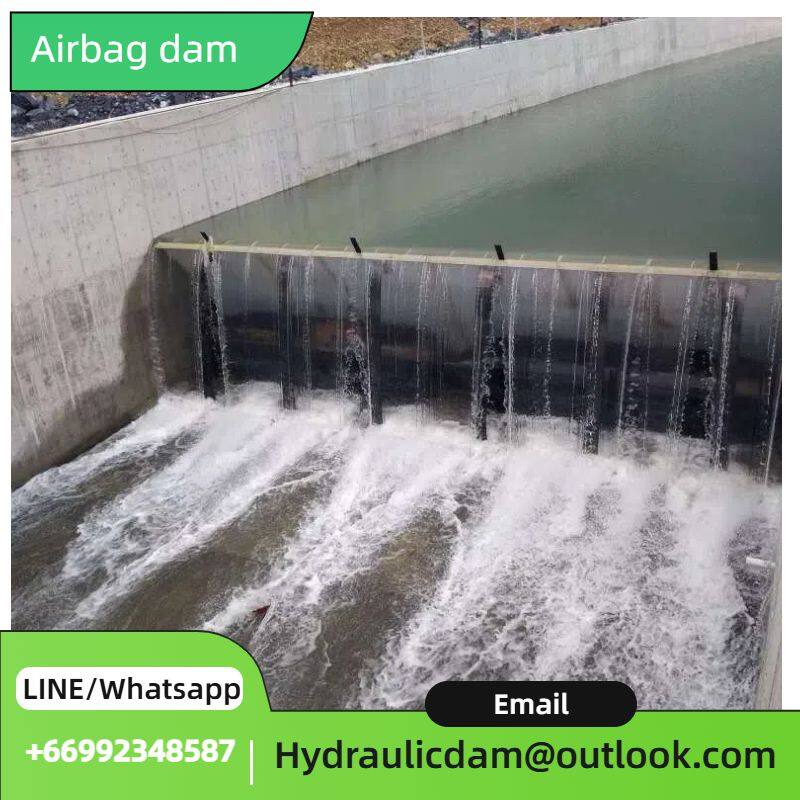
Tags: hydraulic dam, hydraulic lifting dam, hydraulic rising dam
